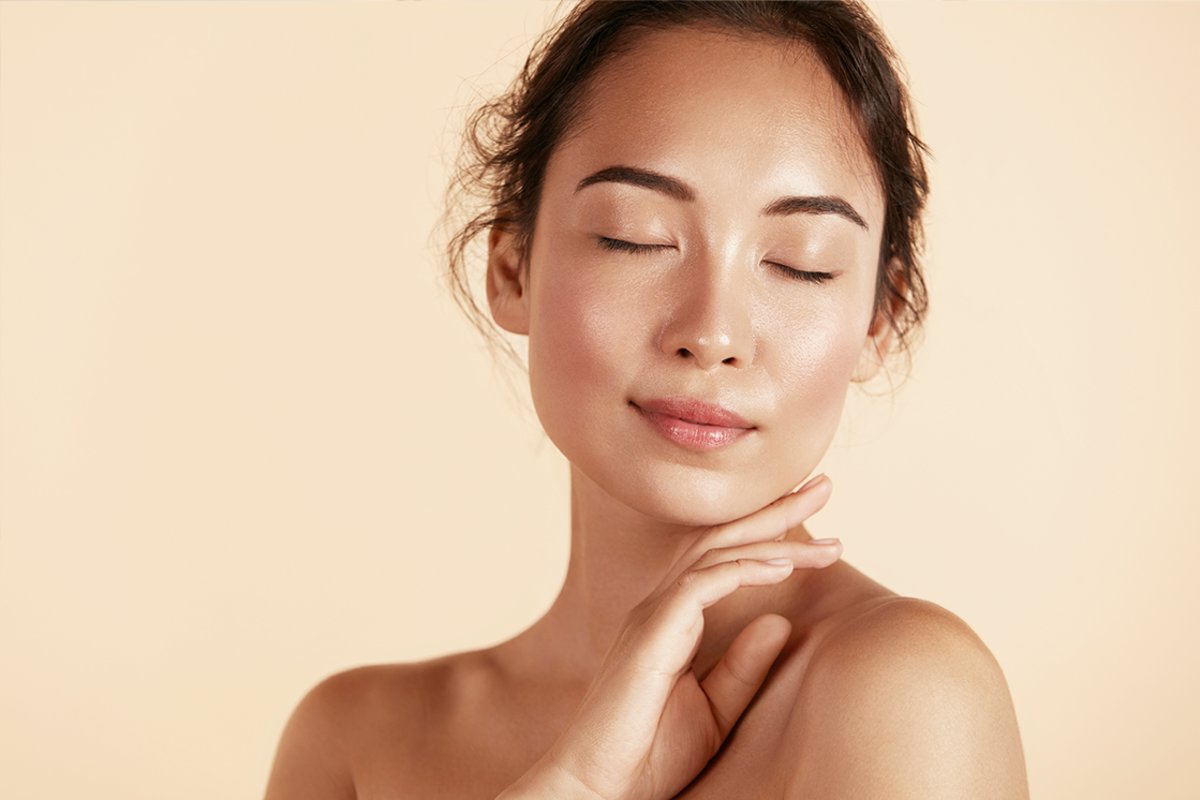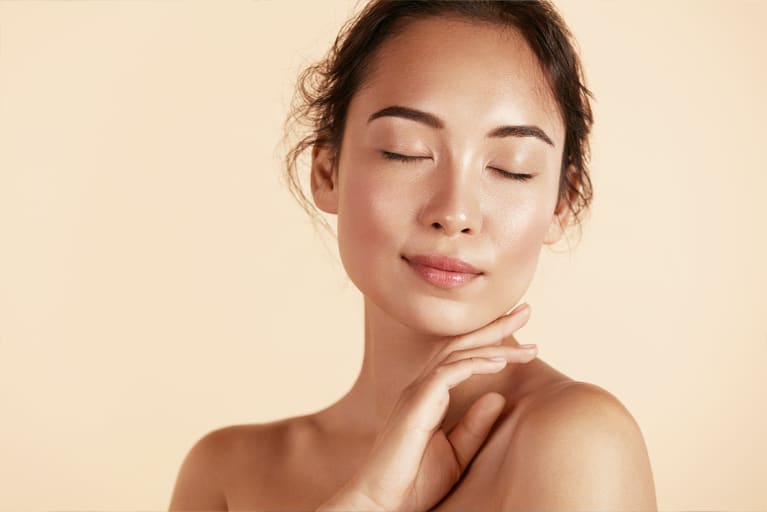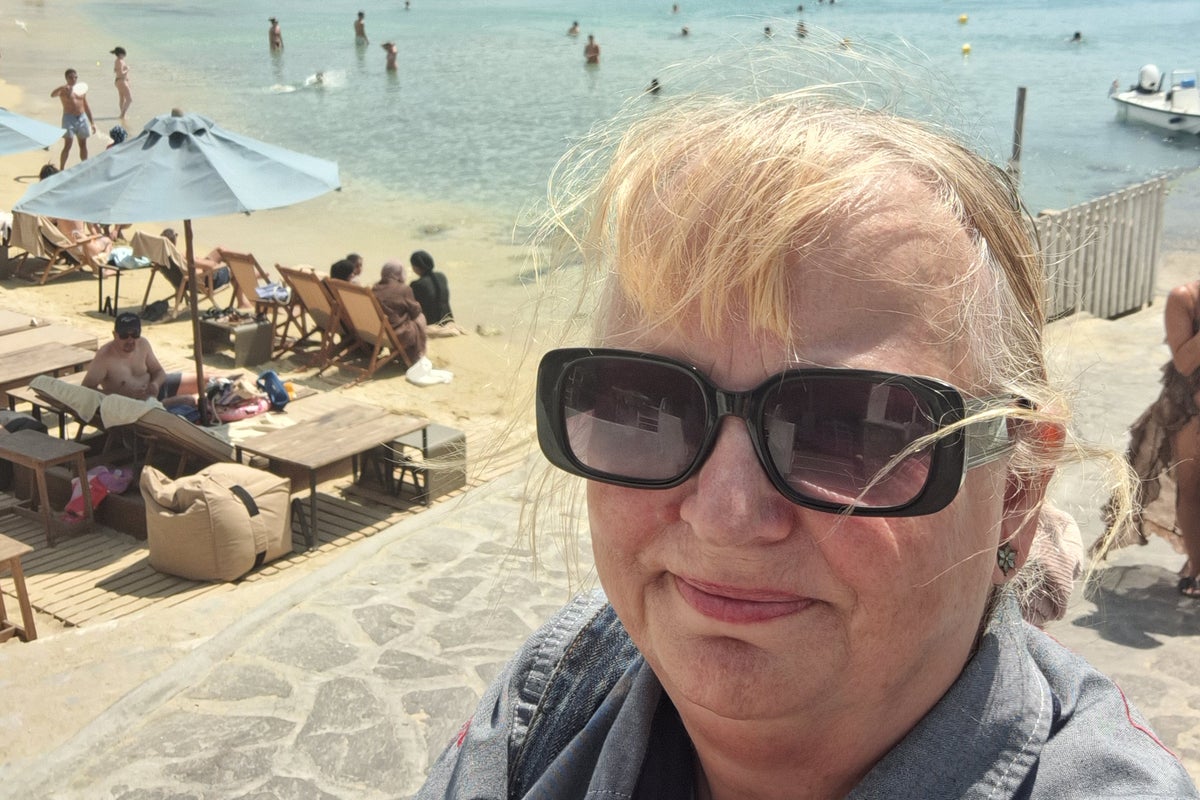Have Dark Sports Or Melasma? These 10 Remedies Can Help Fade Them
Skin care isn't one size fits all—here's 10 different dark spot remedies.


Our editors have independently chosen the products listed on this page. If you purchase something mentioned in this article, we may earn a small commission.
September 22, 2022 — 12:01 PM
When it comes to skin care, you'll rarely find a tip or product that's “one size fits all." (Except sun protection; that one's universal!) Some people struggle with acne, others dryness, some redness, a combination—the list goes on. No matter what concern you’re dealing with, there are probably a few different causes, meaning the best resolution for you isn’t always going to be the best fit for the next person.
Just like acne, dark spots have a long and varying list of causes and, again, different treatments. To be clear, “dark spot,” is an umbrella term, used in skin care to describe discolored marks on the skin. Here, a breakdown of what dark spots are in the first place, along with causes and best treatments from dermatologists. Let’s dive in.
First thing’s first: What is a dark spot? “Dark spots are often the result of a grouping of cells within the skin that overproduce the pigment melanin, or the result of melanin being deposited in the surrounding epidermis and dermis,” board-certified dermatologist and Youtube creator Andrea Suarez, M.D., FAAD, tells mbg.
While that generally covers what dark spots are, the causes vary. Some dark spots are caused by UV exposure, while others are triggered by broken skin or inflammation, like a pimple, bug bite, or rash.
Others are caused by hormonal factors—we’ll dive into the details in a bit. All in all, not every dark spot is the same, even if it’s referred to as such. It’s important to know what’s causing them in order to pin down the best treatment.
As Suarez mentioned before, dark spots can be caused by UV exposure. Especially when your skin is unprotected (more specifically, you’re not wearing SPF or protective clothing), the risk of dark spots runs even greater. Plus, forgetting SPF could make those dark spots become even darker.
Sun-induced dark spots are often referred to by a few different names in passing: “Sun spots, liver spots, and age spots are common names for dark spots that develop from sun exposure or tanning beds,” Suarez says. These generally show up in areas that receive the most sun, like the back of the hands, face, and arms.
As we mentioned earlier, hormonal changes can cause dark spots as well. One common form is melasma: “Melasma is a skin condition that leads to larger patches of skin discoloration, as opposed to small spots,” Suarez explains. Sun can certainly trigger melasma, Suarez says, but hormones (especially around pregnancy), heat, and irritating skin care products can make it worse, she says.
Acne, bug bites, and ingrown hairs can all lead to what dermatologists call post-inflammatory hyperpigmentation. These spots are a result of the inflammation that occurs “secondary to another skin problem,” Suarez says.
In addition to targeted inflammation like those mentioned above, rashes can also trigger dark spots. Rashes can be caused by a plethora of factors, but most commonly, hyperpigmentation comes from “atopic dermatitis, contact dermatitis, psoriasis, drug eruptions, and cosmetic procedures,” board-certified dermatologist Naana Boakye, M.D., MPH, and founder of Bergen Dermatology tells mbg.
How to get rid of dark spots.
First up, we have retinoids in all forms. Both prescription-grade retinoids and over-the-counter (OTC) retinol products can help fade dark spots. “Retinoids inhibit the transfer of melanosomes to keratinocytes, and they also accelerate epidermal turnover,” Boakye explains. Translation: Retinoids help speed up the process of removing discolored dead skin cells and bringing new ones to the surface.
For those with acne-prone skin, retinoids can also be helpful in managing breakouts as well. So if your dark spots are from previous breakouts (especially if those breakouts are still frequent), you may want to consider retinol as your go-to dark spot treatment. Here, the very best clean retinol serums to shop.
Research shows that topical vitamin C serums, when used consistently, can help lighten dark spots caused by sun exposure and post-inflammatory hyperpigmentation. What’s more, vitamin C acts as an antioxidant, protecting your skin from oxidative stress and discoloration, as a result.
Free radicals (the cause of oxidative stress) can come from environmental factors like pollution, UV exposure, and even internal factors like stress. To say the least, they’re pretty difficult to avoid, so protecting your skin with antioxidants is one step in the right direction, whether you're dealing with dark spots or not.
There are plenty of antioxidant serums out there apart from just vitamin C—however, this buzzy topical has been studied extensively in dermatological research for stability and effectiveness, hence why it’s one of the more popular antioxidants on the market. Check out our full guide to learn more about the ins and outs of vitamin C serums.
Both alpha-hydroxy acids and beta-hydroxy acids (AHAs and BHAs) can help fade dark spots. They’re different products, but they function in a similar way. AHAs, like lactic acid, glycolic acid, and mandelic acid, for example, help lighten dark spots by simply exfoliating the skin, Suarez says. “They can be irritating, however, and the irritation can worsen some types of [inflammation], especially in deeper skin tones,” she continues.
If your skin is a bit more sensitive to AHAs, consider opting for mandelic rather than glycolic or lactic acids. This ingredient is more gentle but will still help fade dark spots over time. In fact, a skin care regimen containing mandelic acid and vitamin C was associated with a 73% improvement in the appearance of post-inflammatory hyperpigmentation and melasma.
BHAs, like salicylic acid, are traditionally used to treat acne but can be used to lighten dark spots, especially those from post-inflammatory hyperpigmentation. “It does so by exfoliating the skin, but it also is anti-inflammatory,” Suarez says. “Because of its structure, it favors oily areas, like the T-zone."
Physical exfoliation is the process of manually sloughing away dead skin cells via scrubs, washcloths, facial brushes, or any other tool that rubs at the skin. Can this help fade dark spots? The answer is two-fold: “It is a myth that if you have dark spots, that scrubbing the skin will scrub them away,” Suarez says. So harsh, salt-like scrubs are a no-go.
However, if you must exfoliate using physical means, do so with care. “A washcloth is a good option for gentle physical exfoliation, provided you are gentle and don’t rub too hard,” Suarez explains.
Physical exfoliation will not help lighten dark spots quite as well as the options mentioned above, but should you decide to use a physical product, be sure not to overdo it. If your skin is red and tender afterward, that’s a surefire sign you should ease up on the pressure. Here, a guide to exfoliants 101 if you’re not sure which mode to pick.
If melasma patches are your current concern, kojic acid might be your best bet. While highly concentrated spot treatments may work wonders for post-inflammatory hyperpigmentation or sun spots, melasma patches need a more gentle approach given the larger surface area.
Enter, kojic acid. The gentle yet effective ingredient comes from fermented fungi and has been put to the test with promising results. This study demonstrates kojic acid’s ability to brighten the skin and fade dark spots—both results ideal for melasma patches in particular. Plus, it doubles as an antioxidant.
Arbutin has been shown to lighten hyperpigmentation as well (it's essentially a natural variant of the controversial hydroquinone). “Arbutin is an ingredient that reduces tyrosinase activity,” Boakye explains. Tyrosinase is a group of enzymes in the skin that contribute to the skin’s pigmentation process. But this lightning agent is a bit more gentle than its common predecessors thanks to the slow release process.
If you want to work on your dark spots and simultaneously hydrate the skin, aloe vera is a great option. Not only is this ingredient safe and beneficial for sensitive skin, but it can be used easily on the whole body.
Specifically, studies show that aloesin (a natural compound in the aloe plant) was shown to effectively fade post-acne hyperpigmentation. Another report showed that topical application of aloesin can directly inhibit hyperpigmented skin from producing more melanin—again, hyperpigmentation simply means excess melanin production in your skin, so keeping the pigment-producing cells from becoming overactive is key.
There’s a long list of benefits when it comes to aloe vera's acne-fighting power—check out this story to learn more.
Facials can be helpful when it comes to dark spot treatment as well. “Generally speaking, the best kind of facials to treat dark spots are usually classified as brightening facials, as these will help to exfoliate the skin, inhibit the production of melanin, and increase cell turnover to help eliminate those unwanted blemishes,” celebrity aesthetician and owner of Skinlab, Joshua Ross, tells mbg.
Laser treatments are another in-office option. “Lasers help lighten dark spots through different mechanisms by ablating the pigment causing it to flake off,” Ross explains. “The right laser treatment will depend on multiple factors, including skin type, [skin tone], recent sun exposure, as well as what caused the dark spot in the first place."
There are plenty of options out there for treating dark spots via laser therapy, but not every laser is a perfect match for every person. It’s essential to consult a professional when deciding which treatment option will work for you with the fewest side effects.
Generally speaking, LED lights will not directly help lighten dark spots. However, they are key when it comes to preventing future spots, especially those caused by breakouts. “They do help aid in the healing process of a breakout and in helping to prevent the breakout in the first place,” Ross explains. So if you’re tired of those pesky post-acne spots, LED light tools may be of assistance. You can either visit a professional for an LED light therapy facial or opt for an at-home LED light tool instead.
While the term "dark spots" is thrown around left and right, they are a bit more nuanced than you may think. Dark spots can be caused by acne, sun exposure, rashes, hormones, and general skin inflammation. Luckily, there’s plenty of methods for fading these spots, a few of which you’re familiar with now. If you’re ready to add to cart, check out our top 13 dark spot correcting products for bright, glowing skin.

 Aliver
Aliver 
































